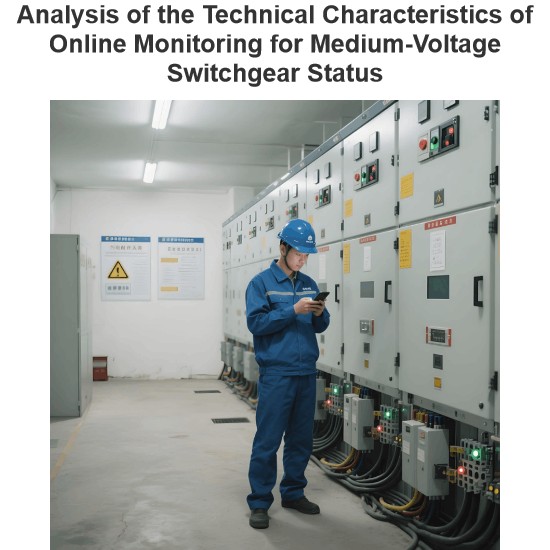What is the function of a contactor in both AC and DC circuits?
Role of Contactors in AC and DC Circuits
A contactor is an automatic switch used to frequently connect and disconnect circuits. It is widely applied in power systems. While the basic principle of contactors is similar in both AC and DC circuits, their roles can differ slightly. Below is a detailed explanation of the role of contactors in these two types of circuits:
Basic Principles of Contactors
A contactor consists of three main parts:
Electromagnetic System: Includes the coil and core, used to generate electromagnetic force.
Contact System: Includes main contacts and auxiliary contacts, used to connect and disconnect the circuit.
Arc Suppression System: Used to extinguish the arc generated when the contacts open, protecting the contacts from damage.
Role in AC Circuits
Connecting and Disconnecting the Circuit:
When the coil is energized, the electromagnetic force attracts the armature, closing the main contacts and connecting the circuit.
When the coil is de-energized, the electromagnetic force disappears, and the spring returns the armature to its original position, opening the main contacts and disconnecting the circuit.
Contactors can frequently connect and disconnect AC circuits, making them suitable for controlling the start, stop, and speed regulation of motors.
Overload Protection:
Some contactors are equipped with overload protection features. When the current in the circuit exceeds a set value, the contactor automatically disconnects, protecting the circuit and equipment.
Remote Control:
Contactors can be controlled by remote signals (such as PLC output signals) to manage the connection and disconnection of the circuit, enabling automated control.
Arc Suppression:
In AC circuits, arcs are easier to extinguish because the AC current crosses zero points in each cycle. The arc suppression system of the contactor can quickly extinguish the arc, protecting the contacts.
Role in DC Circuits
Connecting and Disconnecting the Circuit:
The principle is the same as in AC circuits. When the coil is energized, the main contacts close, connecting the circuit; when the coil is de-energized, the main contacts open, disconnecting the circuit.
Contactors are used to control DC circuits, such as those for DC motors and battery charging systems.
Overload Protection:
DC contactors can also be equipped with overload protection features. When the current in the circuit exceeds a set value, the contactor automatically disconnects, protecting the circuit and equipment.
Remote Control:
DC contactors can also be controlled by remote signals to manage the connection and disconnection of the circuit, enabling automated control.
Arc Suppression:
In DC circuits, arcs are harder to extinguish because the DC current does not cross zero points. DC contactors typically have more robust arc suppression systems, such as magnetic blowout or grid arc extinction, to ensure rapid arc extinction and protect the contacts.
Summary
AC Circuits: Contactors are mainly used to frequently connect and disconnect AC circuits, providing overload protection and remote control functions. The arc suppression system in AC contactors is relatively simple because the zero-crossing nature of AC current helps naturally extinguish arcs.
DC Circuits: Contactors are also used to frequently connect and disconnect DC circuits, providing overload protection and remote control functions. The arc suppression system in DC contactors is more complex to address the challenge of arc extinction in DC circuits.
Understanding the role of contactors in AC and DC circuits helps in correctly selecting and using contactors to ensure the safety and reliable operation of circuits.
The Electricity Encyclopedia is dedicated to accelerating the dissemination and application of electricity knowledge and adding impetus to the development and innovation of the electricity industry.













